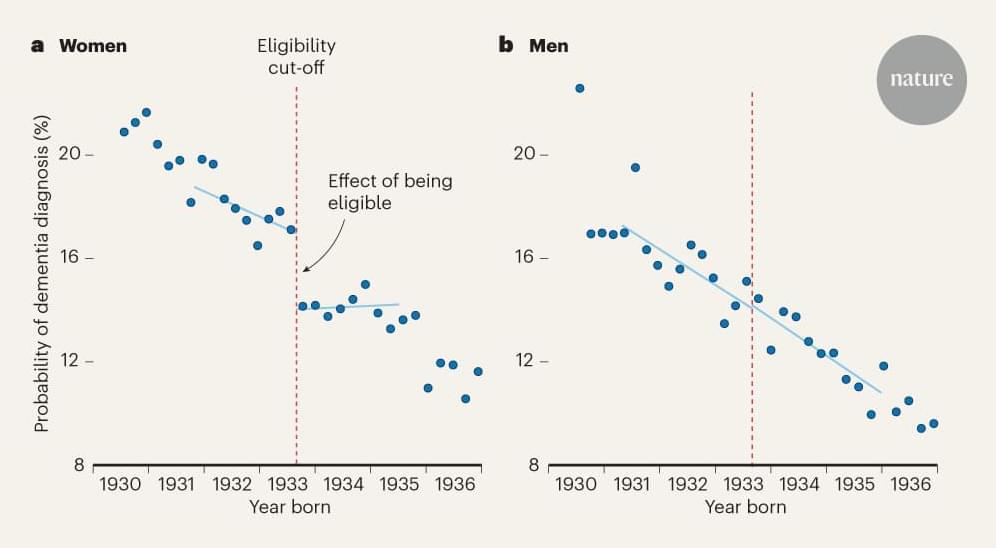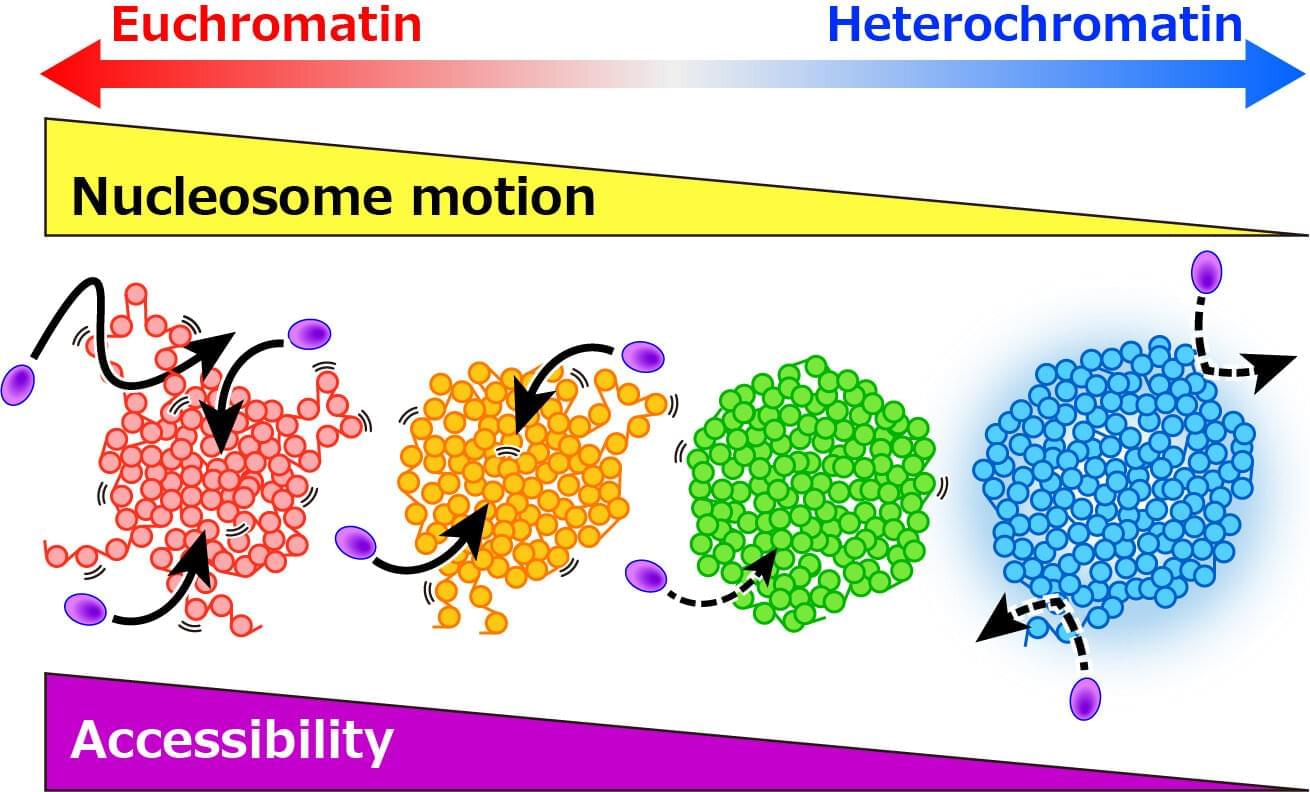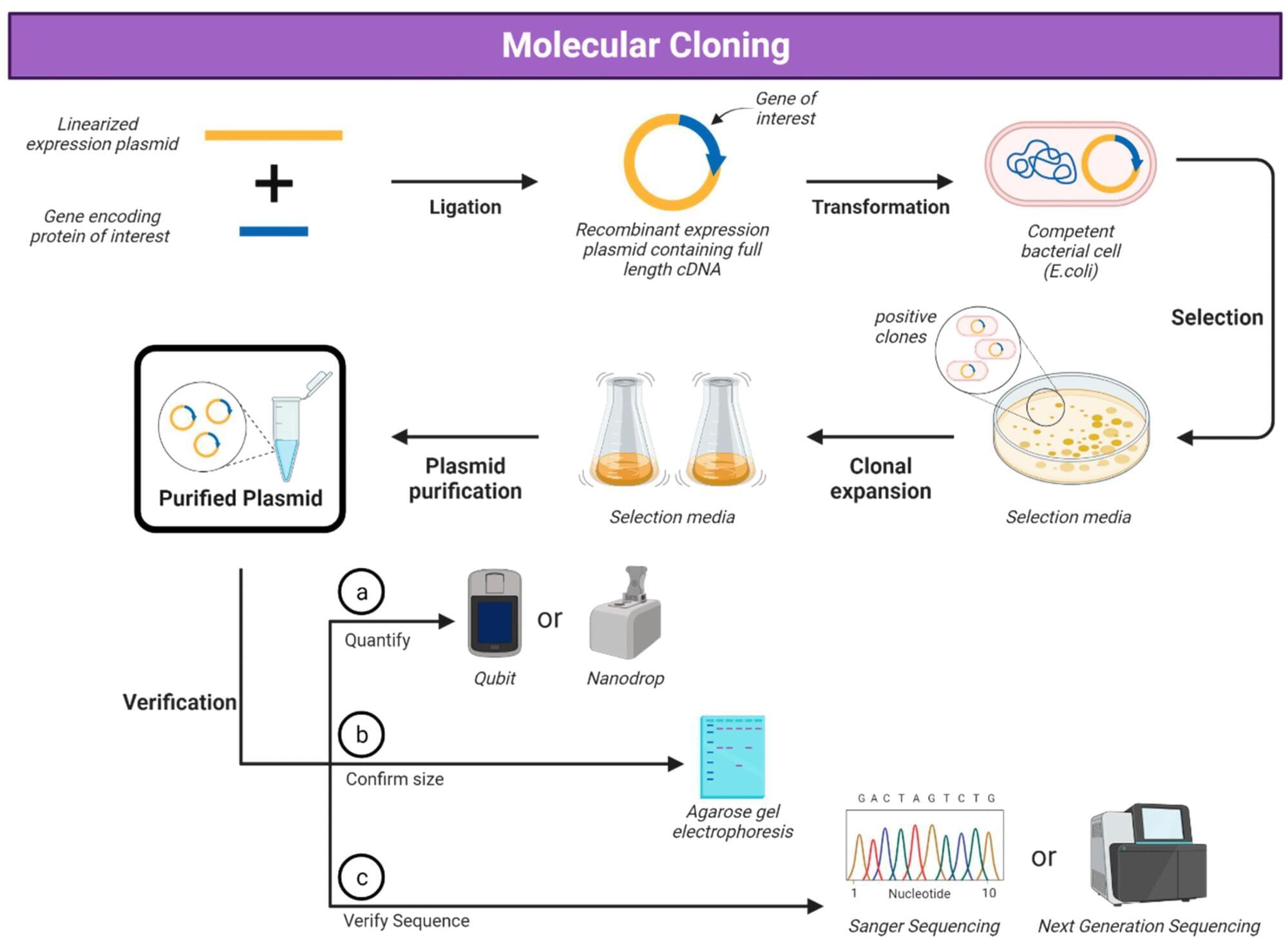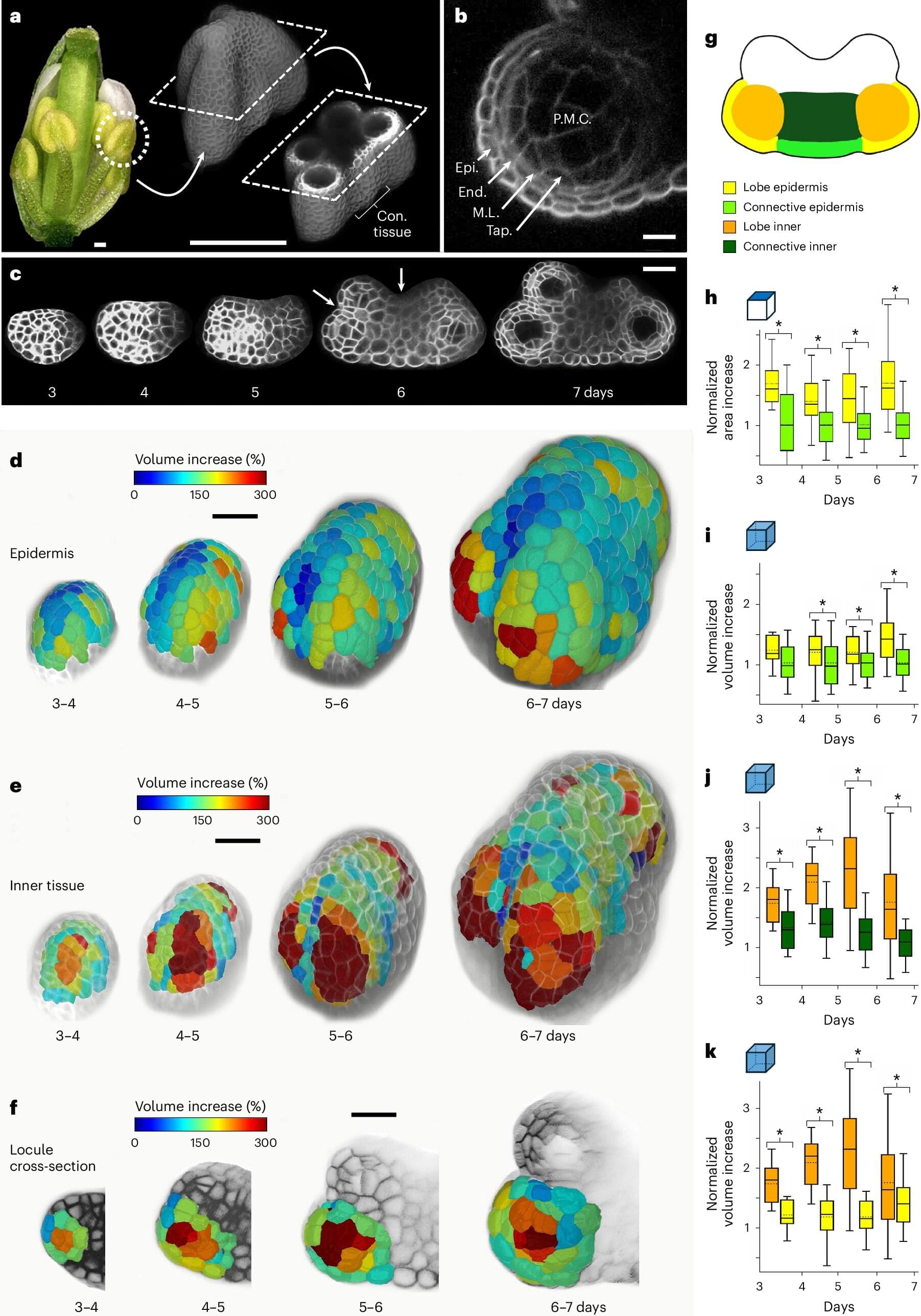
Researchers at the University of California, Los Angeles (UCLA) are developing a gene-editing therapy — designed to be delivered as a one-time inhalable treatment — that aims to correct the underlying mutations that cause cystic fibrosis (CF).
The team is using tiny fat-based particles to deliver the gene-editing machinery to lung stem cells, where, they believe, gene correction could be permanent. The treatment, according to a university news story, could offer hope to people with the genetic disease who do not benefit from current therapies.
CF is caused by mutations in the CFTR gene, which normally produces a protein of the same name. This CFTR protein helps regulate the flow of water and salt molecules in and out of certain cells, which is essential for the production of mucus. In CF, missing or dysfunctional CFTR instead results in the accumulation of thick and sticky mucus in several organs, particularly the lungs. This, in turn, leads to symptoms like shortness of breath, cough, and frequent lung infections.









